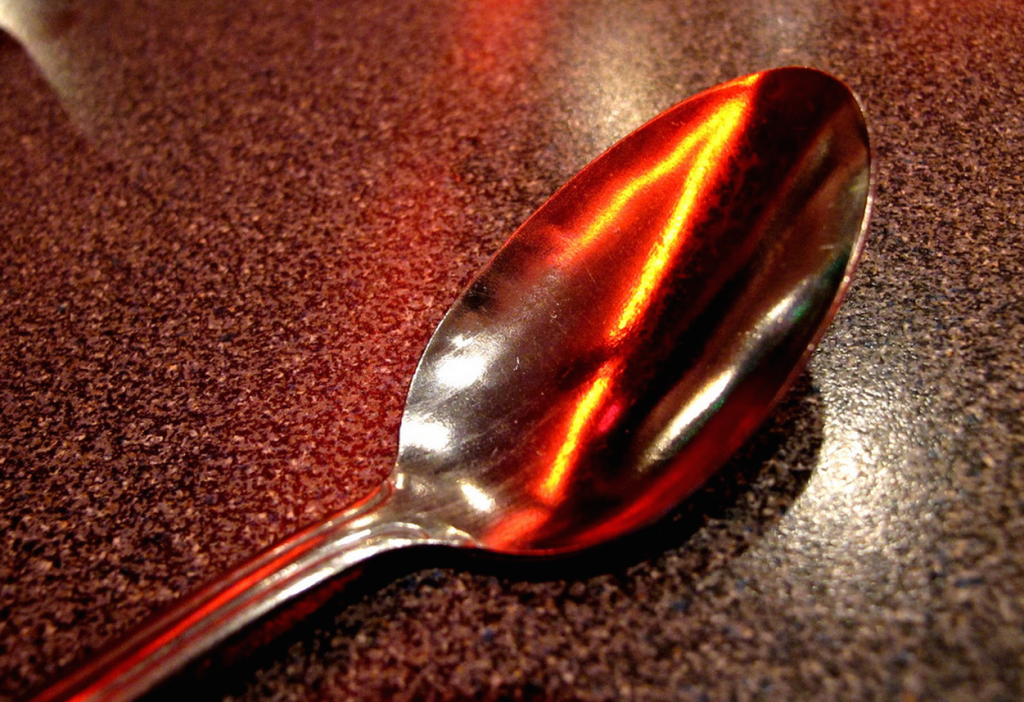Pediatricians Say Using Teaspoons & Tablespoons For Kids’ Medicine Leads To Overdoses
According to the AAP, more than 70,000 children visit the emergency room each year as a result of unintentional medication overdoses, and measuring/delivery errors are among the most common causes of these hospital visits, whether it’s a parent who eyeballed the amount of medication or someone who confused a tablespoon for a teaspoon.
In a policy statement [PDF] published in the journal Pediatrics, the AAP recommends to parents and physicians that “milliliter-based dosing should be used exclusively when prescribing and administering liquid medications,” and that people who administer these medications should be using devices — preferably syringes with metric markings — that allow for precise measurements.
“Spoons come in many different sizes and are not precise enough to measure a child’s medication,” said pediatrician Ian Paul, MD, FAAP, lead author of the policy statement. “For infants and toddlers, a small error – especially if repeated for multiple doses – can quickly become toxic.”
The AAP says that pediatric medications often include metric dosing information on the label, but those medications often include non-metric measuring devices. Sometimes it’s the opposite. Either way, it’s confusing.
In addition to calling for standards on the way pediatric medications are measured, the AAP is asking
that dosing devices only include relevant markings and that there should not be markings that are significantly larger than the dose described on the label.
“We are calling for a simple, universally recognized standard that will influence how doctors write prescriptions, how pharmacists dispense liquid medications and dosing cups, and how manufacturers print labels on their products,” explains Dr. Paul
Want more consumer news? Visit our parent organization, Consumer Reports, for the latest on scams, recalls, and other consumer issues.


